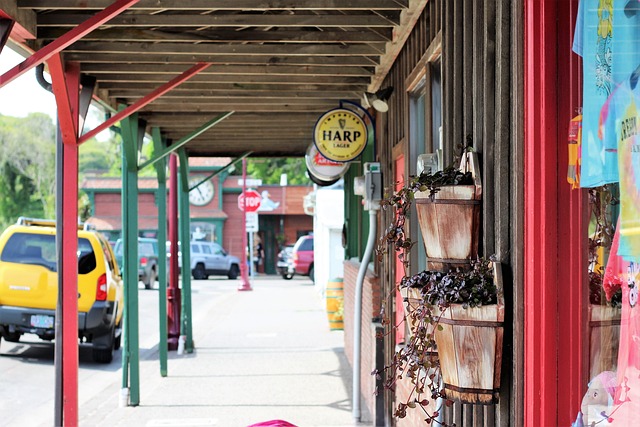Oregon boasts a robust and collaborative network of child welfare advocacy programs aimed at protecting and empowering its young people. Through government agencies, non-profits, and community groups, the state provides comprehensive services, education, and legal support to strengthen families, prevent abuse, and support vulnerable children, especially at-risk populations like foster care youth, children with disabilities, and those experiencing homelessness. These advocacy initiatives have led to improved outcomes, fostering a supportive environment where every child feels valued, protected, and empowered.
“Unveiling the intricate world of child welfare advocacy in Oregon, this comprehensive guide explores the state’s unique landscape and dedicated organizations. Oregon’s child protection system thrives on the efforts of various advocates, ensuring the well-being of vulnerable youth. From defining the concept and highlighting key players to delving into targeted initiatives and Community Engagement, we uncover successful strategies. Furthermore, this article introduces available resources and discusses future prospects, emphasizing the vital role of advocacy support systems in Oregon’s child welfare journey.”
- Oregon's Child Welfare Advocacy Landscape: An Overview
- – Definition and significance of child welfare advocacy in Oregon
- – Key organizations and their roles in the state's child protection system
Oregon's Child Welfare Advocacy Landscape: An Overview

Oregon boasts a robust and dynamic landscape when it comes to child welfare advocacy, driven by a multitude of initiatives and support systems. The state has recognized the critical role that advocacy plays in ensuring the well-being and future success of its young people. Numerous programs are dedicated to strengthening families, preventing abuse and neglect, and providing comprehensive services to vulnerable children. These efforts are facilitated through a collaborative network of government agencies, non-profit organizations, and community groups working tirelessly to promote effective child welfare strategies.
The advocacy initiatives in Oregon span across various domains, including legal representation, education on parental rights, crisis intervention, and long-term support for at-risk youth. The state’s commitment to these programs has led to improved outcomes for children involved with the child welfare system. By fostering a culture of advocacy, Oregon aims to create a supportive environment where every child feels valued, protected, and empowered to reach their full potential.
– Definition and significance of child welfare advocacy in Oregon

Child welfare advocacy in Oregon is a vital and dynamic field that focuses on protecting and promoting the well-being of children across the state. It involves a range of initiatives aimed at ensuring that all children have access to safe, stable, and nurturing environments. Advocacy efforts here encompass various strategies, from direct service provision to policy reform, with the ultimate goal of strengthening families and communities.
Oregon’s advocacy support for child welfare is characterized by its comprehensive approach, which includes specialized programs targeting at-risk populations, such as foster care youth, children with disabilities, and those experiencing homelessness. These programs aim to empower children and their families by providing resources, education, and interventions that can break cycles of disadvantage. By fostering collaboration among service providers, community organizations, and policymakers, Oregon continues to lead in developing innovative child welfare strategies that resonate deeply with the needs of its diverse youth population.
– Key organizations and their roles in the state's child protection system

Oregon boasts a robust network of organizations dedicated to child welfare advocacy, playing pivotal roles in protecting and supporting vulnerable children within the state’s intricate child protection system. These key players include non-profit agencies, government departments, and community-based initiatives that collaborate to ensure the well-being of Oregon’s youth. One prominent example is the Department of Human Services (DHS), responsible for implementing various child welfare programs and policies, offering essential support services, and coordinating with other entities to address the diverse needs of at-risk children and families.
The advocacy landscape in Oregon is further enriched by specialized non-profit organizations like Child Welfare League of Oregon (CWLO) and Children’s Defense Fund (CDF). CWLO leads in promoting evidence-based practices and policies, providing training and resources to professionals, and advocating for system improvements. CDF, on the other hand, focuses on policy reforms, ensuring that legislation supports the best interests of children and families. These advocacy initiatives drive the development of effective child welfare strategies, fostering a safer and more supportive environment for Oregon’s most vulnerable residents.






